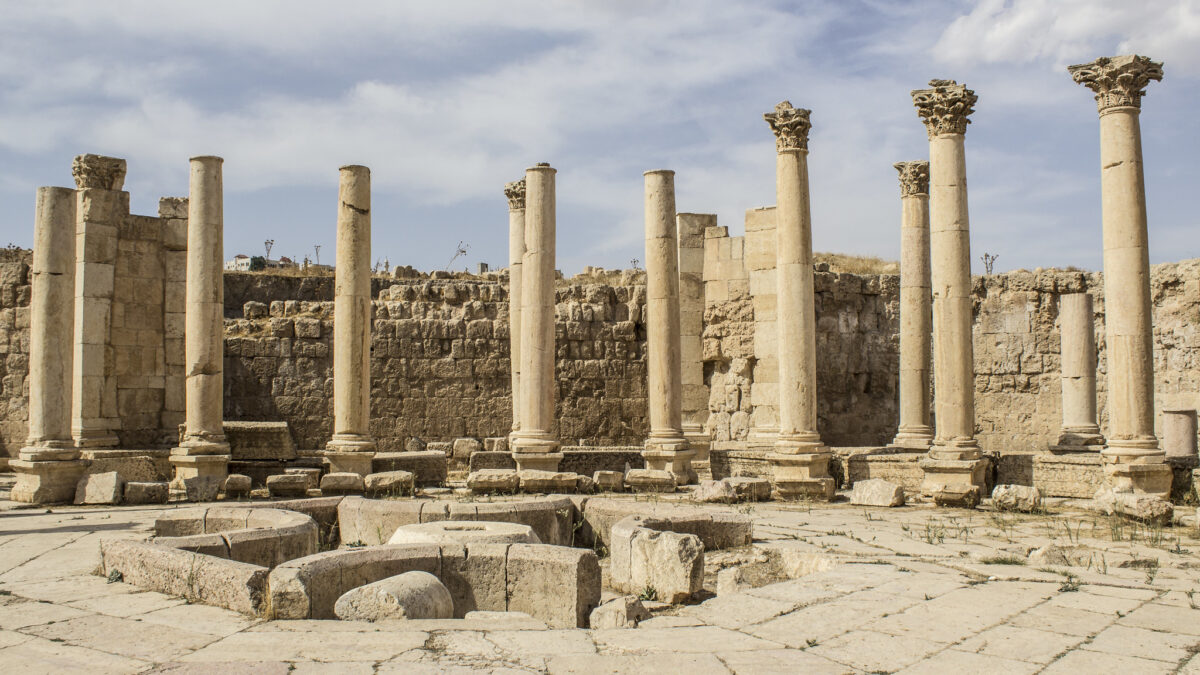
The Supreme Court upheld President Trump’s travel ban Tuesday. I’m afraid the five justices who ruled in favor of the administration won’t be able to enjoy a quiet dinner in a public restaurant anymore, given the political reality we are in right now. Some on the left have already called the court’s ruling an endorsement of discrimination. But people who make such accusations clearly didn’t read either the original executive order or the court’s opinion.
The Executive Order Didn’t Target Muslims
The original executive order (EO) sought to apply temporary visa suspension to nationals of certain countries that have weak vetting procedures and thus pose a public safety threat. Other than Syria, the first EO didn’t name any country specifically. Critics of President Trump labeled the original EO as an anti-Muslim measure mainly because seven predominately Muslim countries (Iraq, Syria, Iran, Sudan, Libya, Somalia and Yemen) were initially considered as the target for the temporary visa suspension.
But if you read the text of the EO, Trump didn’t single out any of these countries. Instead, the EO shows he merely followed an existing U.S. law established under President Obama, which limited the issuing of visas to these “countries of concern.” In addition, none of these seven counties are in the top 10 most populous Muslim countries in the world. If Trump truly intended to “ban Muslims” from the U.S., he would have applied his temporary visa ban to a very different list of countries.
While the original EO clearly sought to “prioritize refugee claims made by individuals on the basis of religious-based persecution,” it intentionally leaves the religious minorities undefined so anyone, including a Muslim, can apply. Let’s not forget some Muslim sects such as the Sufi are religious minorities even in these predominately Muslim countries. Further, the argument that the EO favors Christians over other religious groups has no basis either, because a quick word search for the word “Christian” in the published text yields nothing.
Since January 2017, the EO was revised twice to make it more legally sound. After a 50-day worldwide review, the Department of Homeland Security (DHS) identified eight countries, Chad, Iran, Iraq, Libya, North Korea, Syria, Venezuela, and Yemen — that remained deficient in terms of their risk profile and willingness to provide requested information. These countries “were previously designated by Congress or prior administrations as posing national security risks.” The revised EO imposed different restrictions that were based on the “distinct circumstances” in each of the eight countries. For example, the Iranians are still allowed to seek a non-immigrant student visa or an exchange visitor’s visa.
The revised EO exempts lawful permanent residents and foreign nationals from these eight countries who have been granted asylum and it provides for case-by-case waivers. There is also a continuing review process in place so DHS will recommend to the president whether entry restrictions should be modified or continued. Countries such as Chad and Sudan that showed improvement in their vetting process and cooperation with the U.S. were removed from the visa restriction list. It seems the majority of the justices accept the government’s claim that the language of the EO and the process it lays out show that the goal is not about preventing Muslims from entering the U.S., but rather about national security.
It’s All About Presidential Authority
Critics of the EO, including the dissenting justices, cited a series of derogatory statements about Muslims made by President Trump both during the campaign and since the president assumed office as evidence that the EO was a veiled effort to prevent Muslims from entering into the U.S. Thus they believe the EO is discriminatory.
The majority opinion, written by Chief Justice John Roberts, acknowledged the existences of these statements, while emphasizing that the heart of the issue of this case “is not whether to denounce the President’s statements, but the significance of those statements in reviewing a Presidential directive, neutral on its face, addressing a matter within the core of executive responsibility. In doing so, the Court must consider not only the statements of a particular President, but also the authority of the Presidency itself.”
Roberts went on to say that “the admission and exclusion of foreign nationals is a ‘fundamental sovereign attribute exercised by the Government’s political departments largely immune from judicial control.’ … Congress has also delegated to the President authority to suspend or restrict the entry of aliens in certain circumstances. The principal source of that authority, §1182(f), enables the President to ‘suspend the entry of all aliens or any class of aliens’ whenever he ‘finds’ that their entry ‘would be detrimental to the interests of the United States.”
Justice Thomas concurred by stating that “Section 1182(f) does not set forth any judicially enforceable limits that constrain the President. Nor could it, since the President has inherent authority to exclude aliens from the country.”
The dissenting justices drew a connection between Trump’s EO and President Roosevelt’s EO that interned Japanese Americans during WWII by invoking the landmark case Korematsu vs. United States (1944). Fred Korematsu, a Japanese American, challenged the constitutionality of Roosevelt’s EO and the Supreme Court sided with the government in a 6-3 decision.
Chief Justice Roberts, however, doesn’t see any similarities between the two EOs or the two cases. He acknowledged that “Korematsu was gravely wrong” and “overruled in the court of history.” But “whatever rhetorical advantage the dissent may see in doing so, Korematsu has nothing to do with this case. The forcible relocation of U. S. citizens to concentration camps, solely and explicitly on the basis of race, is objectively unlawful and outside the scope of Presidential authority. But it is wholly inapt to liken that morally repugnant order to a facially neutral policy denying certain foreign nationals the privilege of admission.” He went on to reiterate that “the entry suspension is an act that is well within executive authority and could have been taken by any other President.”
Takeaways For President Trump And His Supporters
Naturally, President Trump is excited by this big win. But before he pops the champagne, I hope he takes some time to write down a few lessons learned. First of all, upholding the travel ban doesn’t mean that the Supreme Court agreed with or even gave its blessing to this specific policy. Roberts made it clear that the justices “express no view on the soundness of the policy.” They sided with the government only because “the Government has set forth a sufficient national security justification to survive rational basis review.”
Secondly, the first version of the EO had several serious flaws. For example, it didn’t exempt lawful residents and foreign nationals who are already granted refugee status. These are people who have already gone through the lengthy security check process and so should be able to travel freely because they are legal residents in this country.
The first EO was also rolled out in such a hasty manner, without keeping all agencies and staff well informed, that it ran into some implementation issues as soon as it went into effect. Optics matter. The scene of hundreds of travelers including women and children detained at airports made the EO an easy target for lawsuits. It took several revisions to make the EO legally sound and operationally effective.
President Trump and his administration have the tendency to rush out rules that sometimes are not well thought out. Besides the travel ban EO, a recent example is the “zero tolerance” policy of separating families who made an illegal border crossing while seeking asylums. Again, optics matter. A photo of a crying kid easily got many people from both the right and left fired up to oppose the government’s policy, even though it turns out the kid wasn’t separated from her mom. President Trump ended up signing another EO to end the “zero tolerance” policy but his staff and cabinet members have had to endure public harassment by the mobs.
A better approach for the administration is not to rush into things, but to take time to think things through, especially on the unintended consequences; keep the impacted agencies and personnel well informed and give them plenty of time to put procedures and resources in place to ensure a smooth implementation and to avoid bad PR.
The third takeaway is that President Trump sometimes is his own worst enemy. His tweets and often seemingly off the cuff, careless comments have provided others with plenty of ammunition against him and his policies. In Justice Kennedy’s words, “the very fact that an official may have broad discretion, discretion free from judicial scrutiny, makes it all the more imperative for him or her to adhere to the Constitution and to its meaning and its promise,” because “an anxious world must know that our Government remains committed always to the liberties the Constitution seeks to preserve and protect, so that freedom extends outward, and lasts.”
This ruling is a win for the Trump administration. But immigration is too complex an issue to be addressed through executive orders. A stroke of the pen can impact millions of people’s lives. A much better approach for Trump is to work with Congress to come up with a well thought-out immigration reform bill.









